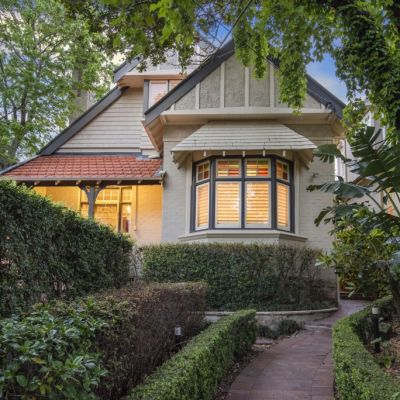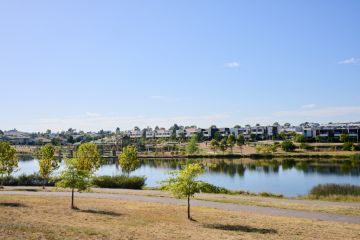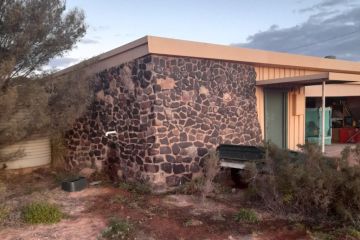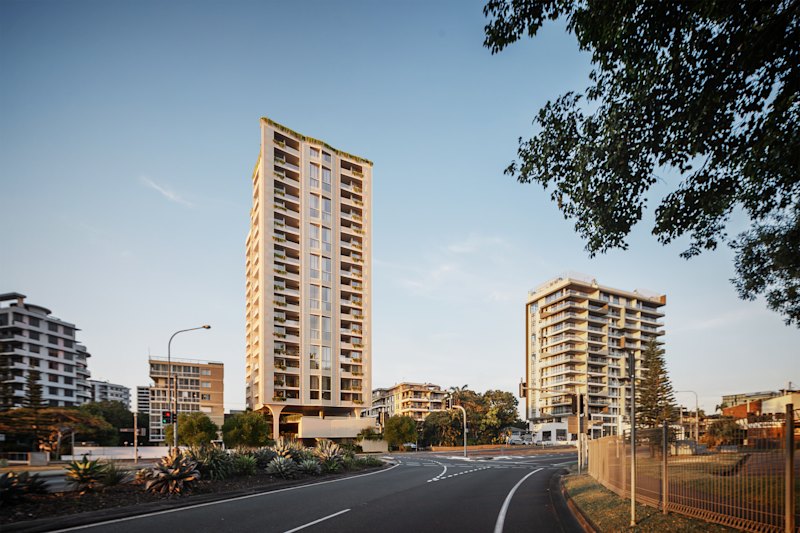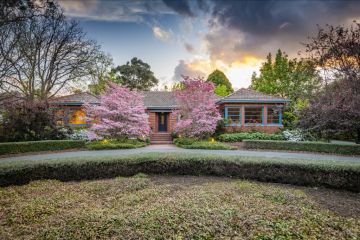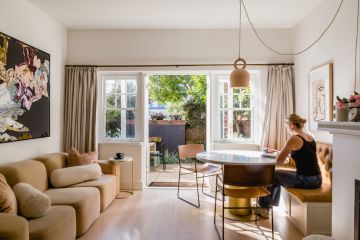Apartment price growth outstrips rents in major CBDs, new figures show
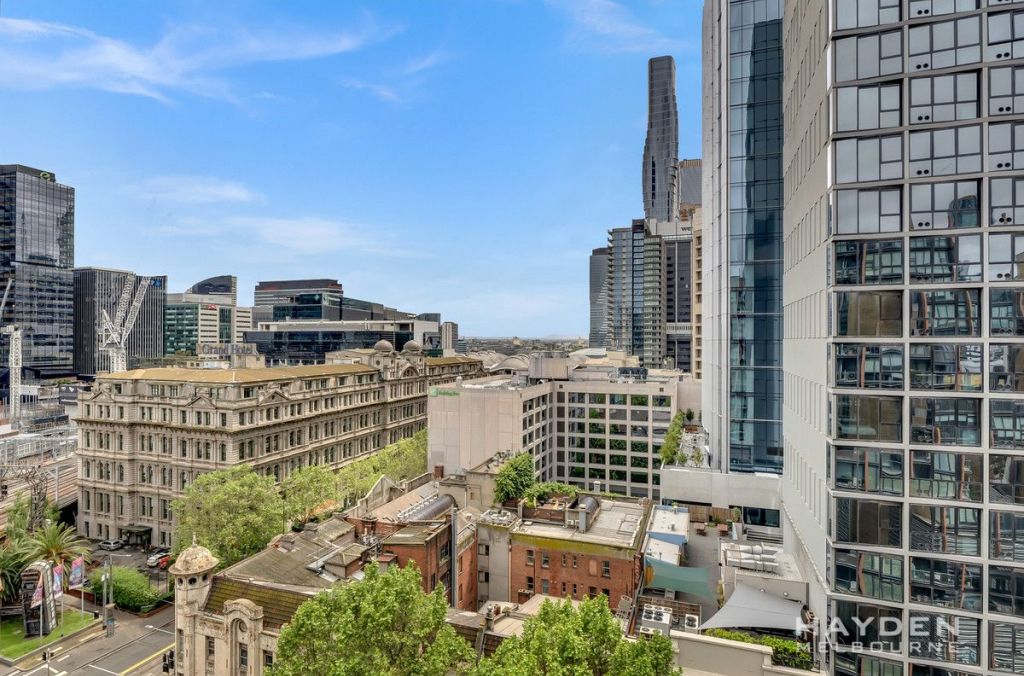
Inner-city apartment prices appear to be defying gravity, with price growth outpacing rent growth in the hard-hit CBD unit markets of Sydney and Melbourne, new figures show.
Low interest rates have reduced mortgage costs for investors, allowing many to accept lower rents for a time without being forced to sell.
The closure of Australia’s borders last year slashed demand for CBD rentals, locking out international students and workers.
Landlords discounted empty apartments to attract new tenants as vacancy rates rose.
Sydney CBD unit prices rose 3 per cent over the year to September, compared with the previous year, the latest Domain House Price Report found. Rents moved in the opposite direction and fell 5.5 per cent over the same period.
In Melbourne CBD unit prices fell 7 per cent over the past year, while rents dropped a steeper 17.8 per cent.
AMP Capital chief economist Shane Oliver said the gap showed low mortgage costs allowed owners to borrow more, even when tenants didn’t have any more money to pay.
“CBD units, particularly in Sydney and Melbourne, have lagged the gains in suburban houses, and there’s now better value to be had in CBD units,” he said.
“The danger is that the very low rental yields tell you that in an absolute sense, it’s still expensive.
“And there could be a risk if investors change their mind and say, we can’t accept the very low rental yields anymore, and start to sell.”
On the flip side, he said the eventual return of immigrants and international students would help the CBD apartment market.
The Brisbane CBD is showing a similar effect, with unit prices up 4.1 per cent even though rents are flat.
The weak CBD rental markets in the two largest capitals have been in stark contrast to other cities and regional areas where rents have soared as locked-down residents sought a lifestyle change.
Once a hard-hit market, Perth CBD rents have jumped 7.7 per cent while sale prices are down 2.2 per cent. And a string of regional centres has recorded jumps in rent and sales prices.
Even in Sydney and Melbourne, the tide has turned outside the CBD, with unit rents across each city catching up for lost time, while sale prices rose more modestly.
Charter Keck Cramer director of research and strategy Angie Zigomanis also noted the boost from low interest rates.
“As a purchaser, you don’t have to dip into your pocket as much to make your mortgage repayments, even on lower rents, because interest rates have gone down,” he said.
“That’s a key reason for prices going up. And if rents are going down, that also has the effect of negating any price falls.”
Interest rates are unlikely to stay this low over the longer term. The Reserve Bank has previously said its central scenario is for the cash rate to rise in 2024, and some economists suggest it could move as soon as next year after inflation rose and the economic outlook picked up.
“If interest rate reductions are one of the key drivers for prices holding up then if interest rates go up down the track – and obviously we’ve seen a slightly higher than expected inflation number come through – that has a negative impact on prices,” Mr Zigomanis said.
He added that the market could shift over the next few years. As investors have retreated in recent years, it became more difficult for apartment developers to bring on new projects.
When overseas migration restarts, empty units start to fill up again and rents rise, but it would take high-rise developers two to four years-plus to bring on new supply.
“You could well find three, four years out from now we’re talking about how tight the market is,” he said.
A recent report from investment bank UBS found Sydney real estate was overvalued and Australians were taking on more debt compared with their incomes to keep up.
Separate research released on Monday found the average size of new apartments lifted to an 11-year high as buyers preferred larger living spaces.
The figures show apartments completed in 2020-21, and begun much earlier, were likely to show little effect from the pandemic, but this could show up soon in new builds, CommSec chief economist Craig James said.
The average new apartment is now 138.3 square metres, up 0.4 per cent from a year earlier, the Commsec Annual Home Size Report found. The average free-standing house completed in the same year is 229.3 square metres, down 2.9 per cent from seven-year highs.
“No doubt during the construction phase as well there have been a number of discussions among people who say, ‘I haven’t got a room for a study area, perhaps I need to include one’,” Mr James said.
“We’ll see some unwinding of the trend from apartments to houses we’ve seen in the last 18 months … it depends how COVID advances.”
We recommend
States
Capital Cities
Capital Cities - Rentals
Popular Areas
Allhomes
More

